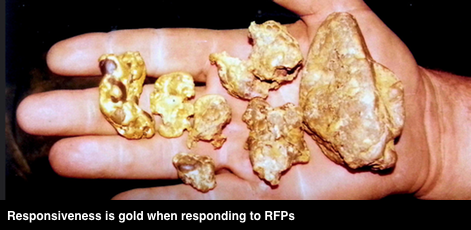A recent post provided an overview of RFQs (requests for qualifications). This week we’ll look at the single most important thing an RFQ response needs to do—prove the team can submit a competitive bid (RFP response) and, if selected, perform successfully. Scope...











